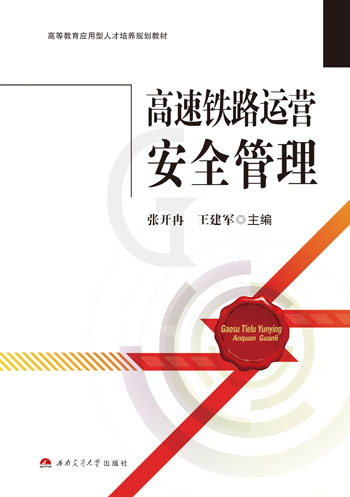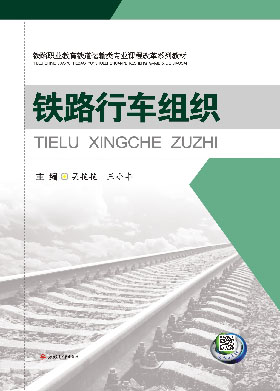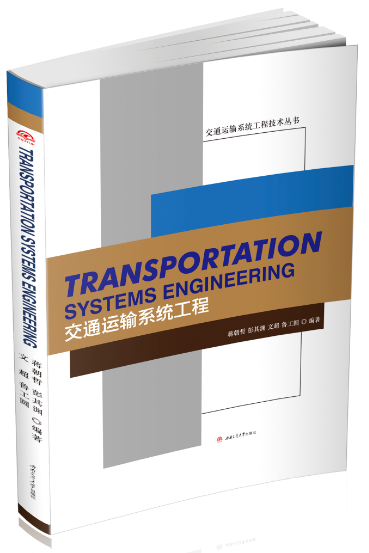-
 物流营销管理
物流营销管理作者:史思乡, 陈俊杰, 主编
该书是四川省高职院校省级重点专业建设项目之一,高职院校物流专业教材。该书以项目导向方式进行结构布局,主要介绍物流营销基本知识,重点介绍物流公司在市场调研、组合策略制定、客户服务与关系维护以及项目招投标方面的具体流程和方法。该书从具体环节阐述了营销技巧和技能在物流中的运用,对高职学生来说,有助于其快速掌握相关知识和技能。
-
 高速铁路运营安全管理
高速铁路运营安全管理作者:张开冉, 王建军, 主编
本书从系统安全的角度介绍高速铁路运营安全的基础理论和方法,分别包括安全基础理论、安全生产管理原理、安全评价方法和安全管理方法。同时,分析了高速铁路危险源的识别与控制,从高速铁路危险源识别、系统主要危险因素及分级、运营安全控制方面加以分析,力图预防和减少事故的发生。其次,建立起高速铁路运营安全保障体系,包含高速铁路运营安全保障理论体系、运营安全保障技术体系和运营安全管理体系三个方面。最后,对高速铁路运营安全保障技术作了详细讲述。
-
 铁路行车组织
铁路行车组织作者:吴艳艳, 王小丰
主要内容包括铁路基本概念、基本知识、调车工作、技术站作业组织、车站作业计划、统计分析、车站通过能力及改编能力、车流组织、列车运行图及区间通过能力、铁路运输生产技术计划及运输方案、铁路调度工作运输调度、高速铁路。本书是铁道运输、铁道交通运营管理专业及相关专业高职、中专教材和教学参考书,也可作为铁路成人职业教育、铁路运输职工自学用书。
图书分类
Book classification- 本书介绍了交通运输系统工程的方法和应用,主要内容包括交通运输系统分析,交通运输系统模型,交通运输系统预测,交通运输系统网络分析,交通运输系统仿真,交通运输系统决策,交通运输系统决策支持,智能运输系统等9个章节的内容。本书系交通运输类专业核心研究生课程的英文版教材,可适用于交通运输相关专业的本科生、研究生,以及工程技术和管理人员学习和参考。
- Preface
Since the 1970s, with the development of science and technology, as well as the social progress, more a...查看更多
- 1.1 System Engineering
1.1.1 Conception of System
Which era do our human beings live in? How can we ...查看更多
-
CONTENTS
Chapter 1 Overview of Transportation System Engineering 1
1.1 System Engineering 1
1.2 Transportation Syst...查看更多 - 蒋朝哲: 西南交通大学 副教授 交通运输系统 国家省部级及横向课题20余项,论文发表60余篇,其中被SCI,EI,ISTP收录近20余篇。
彭其渊:西南交通大学 教授 国家级教学名师





